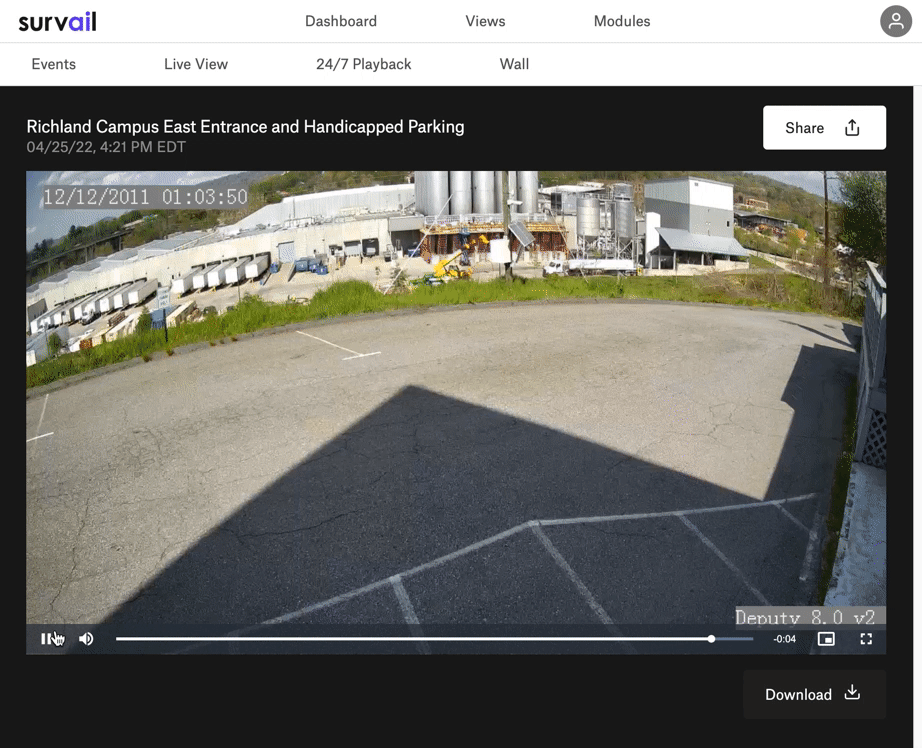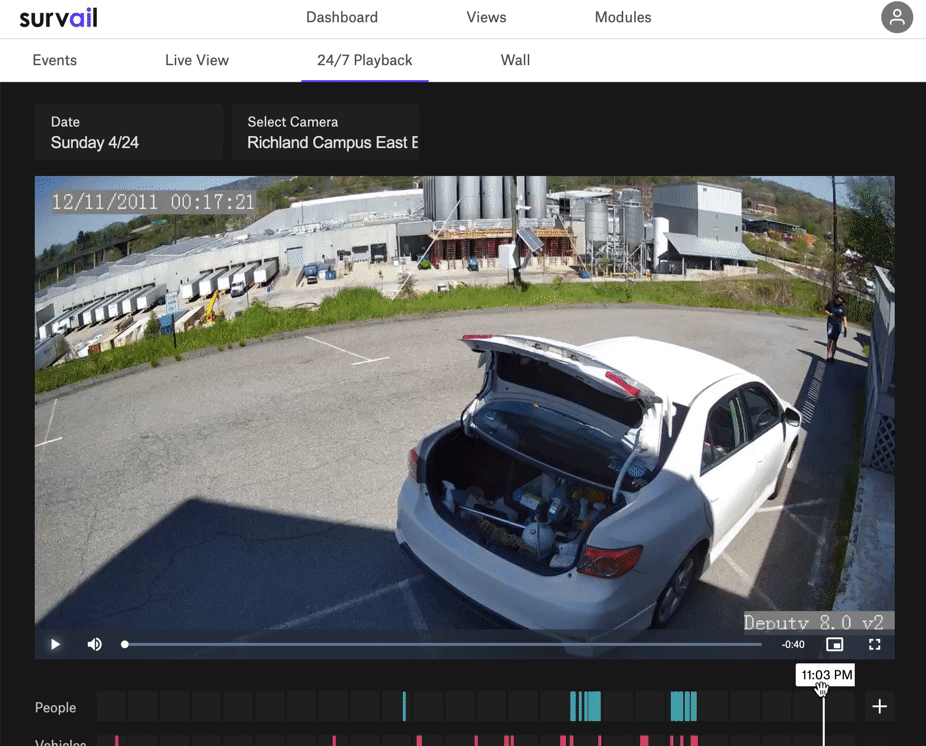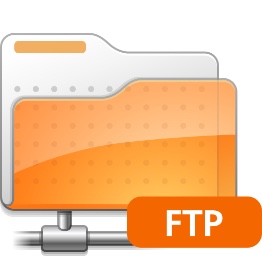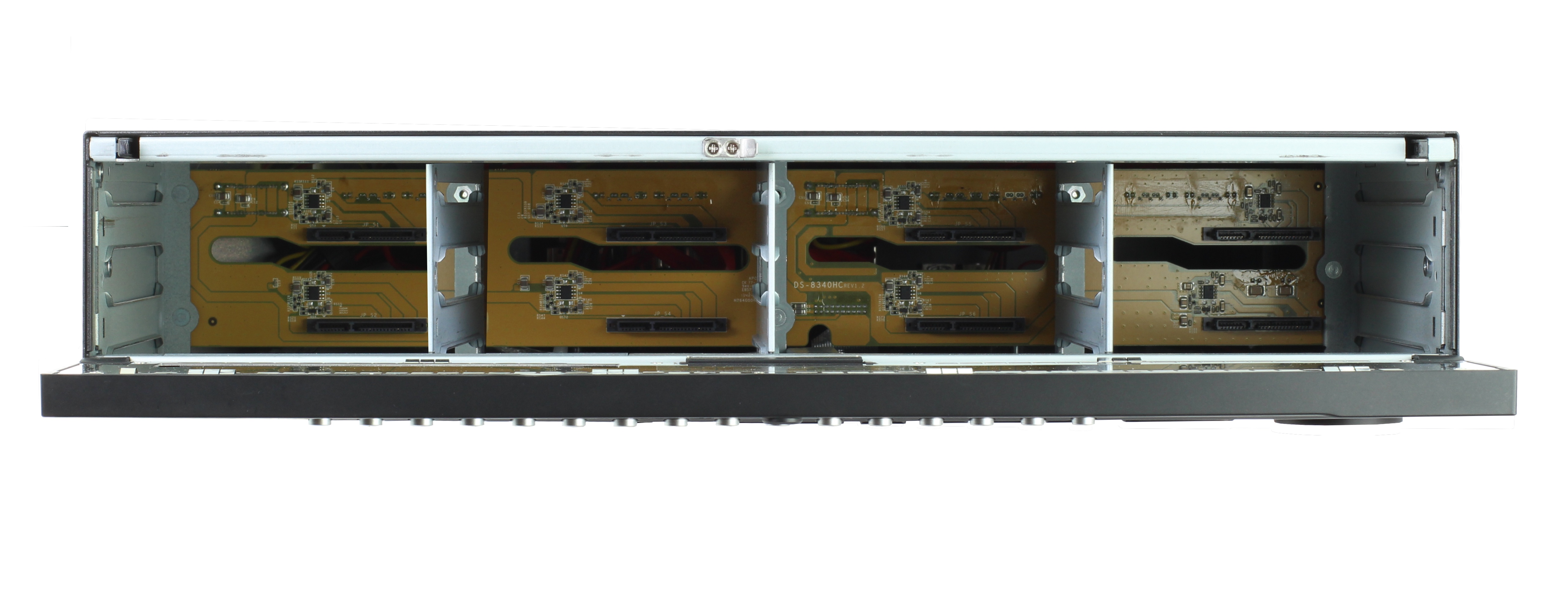There are Eight Ways that our NVRs / ICVRs can Create A Second Copy of Footage
Definition of terms: Difference Between Export, Redundant Recording, and Backup
In this guide, we are using two terms that sound very similar, so let's define them and explain their differences.
Redundant Recording means that the footage is stored in two places simultaneously, when it is created. With redundant recording, when a recording device creates a recording to its internal hard drive, it also sends it to another device as well. Usually redundant recording only occurs when the video meets certain conditions, as sending the video to another networked device can create network congestion.
Backups copy all footage on a device to another one.
Export copies select footage on a hard drive to another one (like a thumb drive or download to a computer hard drive).
All our recording devices can export, so we we'll be spending most of the guide on the ways that you can create redundant recording or backups.
1. Cloud


Survail has three ways to move video to the cloud.
1. You can "share" footage to first responders and other non-account holders, which creates a second copy in the cloud.
2. You can choose whether or not to upload video to the cloud when you create an alert. So, you can create an workflow that says "upload video events to the cloud when that video has a person in it, during the hours when my business is closed, for the cameras that are inside my structure."
3. Survail has a incident reporting tool that flags video for long term cloud storage. called "Vault." Vault allows you to describe incidents and responses and to tag them by topic, individual, hr record, employee number, etc.
Bonus: Survail also uploads image snapshots and metadata about activity to the cloud whenever it creates an AI detected event (such as when a person or vehicle is in view). This is primarily used to create visual event browsing, such as you see in the image to the left. This can also be used to reconstruct what happened if your survail hardware is stolen or damage.
Understand Survail Cloud Storage
Cloud storage is only available on our Survail ICVR (intelligent cloud video recorders) and is not available on our NVR (network video recorders).
2. NAS
A NAS, or Network Attached Storage, is an easy way to either increase the storage space available to your recorder or have a redundant, off-recorder, storage device, allowing you to have two copies of recorded footage.
You set both the internal and NAS hard drives into groups and assign the cameras to groups. This way you can set some cameras to record longer than others.
NAS backup is available on all of our Admiral or Imperial NVRs, except for ADM8P8-V2M, ADM16P16-V2M, and ADMP16P16-V2M.
Because a NAS will fail if your network is down, it is often simpler and more resilient to upgrade the NVR size to a unit with more channels and more hard drive bays. This will also give you some upgrade room, if you want to add cameras in the future.
3. Snapshot

Snapshot is available on our Admiral and Imperial lines (both of which launched in 2018). Snapshot is less of a "continuous backup" and more of an "emergency backup" because Snapshot creates images of the last thing the camera saw before a certain event occured and then automatically uploads those images to an FTP server location. Snapshot prioritizes sending data as quickly as possible. Therefore, it doesn't upload video files, but rather images, snapshots of what is happening at the moment. Although it can be used for many other things, it is most useful in scenarios where the NVR might be stolen or damaged, as it is designed to upload photos as quickly as possible offsite.
Snapshot options are based upon your current recording mode. When a VCA event happens, the NVR can capture a series of snapshots and upload those images to a FTP server of your choosing. When motion is detected the NVR can capture a series of snapshots and upload those. When in Continuous mode, the NVR can upload an image at a certain interval, such as every hour. If you have an NVR or cameras with alarm inputs and you have connected an alarm device to those inputs, the NVR can capture a series of snapshots and upload those images to an FTP server of your choosing when an alarm goes off. There's no monthly fee for this, as it uses your FTP server.
4. eSata / MiniSAS

Our Imperial 32, 64, and 128 NVRs have an eSata connection on the back so that you can attach an extension of your internal drives.
Our IMP64-16S, IMP128 and IMP256 have an optional 16 Drive Mini-SAS Enclosure.
5. RAID
RAID (redundant array of independent disks) allows your NVR to combine multiple, internal, disk drives into a singular unit for the purposes of data redundancy or performance improvements.
Our entire Imperial Line can do RAID 0, 1, 5, 6, 10 and the Imperial 128 Channel can also do RAID 50 and 60.
Related Guide: RAID for security cameras
6. Hot Swap

Our Imperial 128 NVR has Hot Swap, which means that it has the ability to remove a hard drive while it is running and install another one.
This is useful if you need to create backups on external media or to replace a failed drive without turning off your recording. Normal hard drive setups require you to power off the device, take off the case, and connect cables.
It is important to note two things about hot swap: (1) the footage is encrypted, so you won't be able to create a backup and open it anywhere other than in your own NVR (not even another customer's) and (2) if you pull a hard drive out and then update firmware, you may not be able to access that footage again. The update process will update the encryption of the hard drives still connected, but a hard drive on shelf won't have its encryption updated.
7. Hot Spare

The Imperial line of NVRs, our Enterprise Level of NVRs, offers the ability to set a redundant, backup NVR on the network. The redundant NVR will automatically take over cameras in seconds after detecting issues with the main NVR, giving you virtually zero downtime. When the main Imperial NVR is restored, the redundant NVR will transfer footage back to the main imperial seamlessly.
Key Features:
- 24/7 Redundant Operation
- Virtually zero downtime
- Restores footage to main NVR when restored
- One redundant NVR can backup multiple NVRs
Related Guide: How to Setup HotSpare NVR
8. Micro-SD Card in Camera

Some of our camera models have SD-Card storage for an additional layer of footage backup. This is especially useful in scenarios where network infrastructure could experience instability, such as from interference from wireless backhauls or loss of internet on VPNed locations.
Related Guide: Micro-SD Card storage for security cameras

Lean on the experts
We'd be happy to work up a custom quote or take your floorplan and create a security coverage map.
Get aCustom Quote



